I knew something was wrong as I passed next to my bluebird box. Just the day before, it had been a hub of activity as both parents took turns feeding their five new hatchlings. But today, all was quiet. Perhaps the youngsters were taking a nap, the parents were somewhere nearby. I held my breath and gritted my teeth as I opened the box, fearing the worst. Sadly, the grotesque scene hit me square in the face.
The beautiful female lay sprawled across the nest. A crimson patch of bare skin and blood punctuated the scene, her head having been brutally pecked straight through the skull and into the brain. Beneath her were her five dead nestlings, the majority of which had been bruised and mutilated. To add insult to injury, their dead bodies were in the process of being woven into a new nest already in progress. I’ll spare you the photo.
Sadly, this is a scene I have encountered many times. In charge of the bluebird box trails throughout Geauga Park District for 31 years, my volunteers and I worked diligently to ensure the success of nesting bluebirds and swallows. Unfortunately, it’s hard to control house sparrows when they enter the scene. It is said that the male house sparrow falls more in love with his chosen box than he does with his mate. The sound of his non-melodic, two-part chirp can be heard over and over again as he protects his real estate. In fact, only drastic measures will eliminate him from his post.
Know your enemy
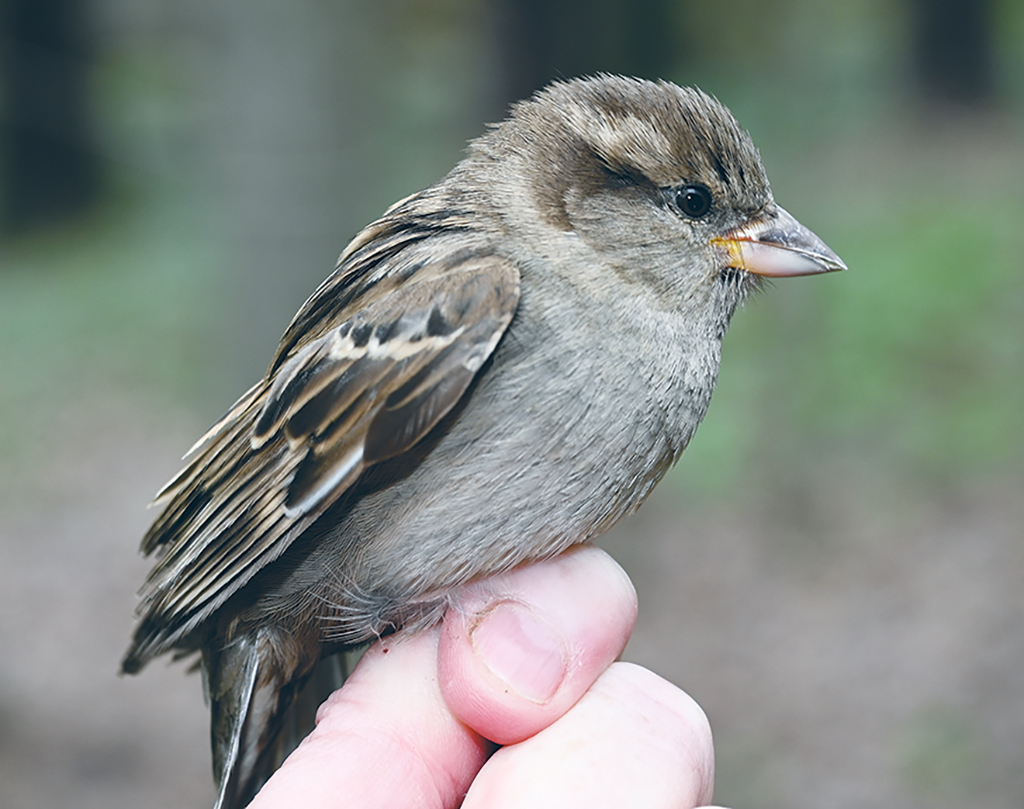
The house sparrow (Passer domesticus) is not related to North American sparrows but rather belongs to the family of Old World sparrows known as Passeridae. House sparrows are plump birds with large round heads, short tails and thick, strong beaks. A male house sparrow is easily recognized by his black bib, which extends downward from beneath his beak and spreads outward onto his chest. He has a gray crown and white cheeks, which strongly contrast with a rich, chestnut-colored neck. Like many female birds, the female house sparrow is dull and cryptically colored. In fact, she is downright dirty-looking. Her dingy plumage below contrasts with pale buff, brown and black striping above. Referring to her as unattractive is certainly an understatement.
House sparrows are not native to this country. In fact, they aren’t native throughout most of the countries around the world in which they reside. The first house sparrows, brought from England, were released in New York City in 1851 as an experiment. It was hoped that the birds would act as a control for the snow-white linden moth, whose caterpillars were defoliating many of the trees on Manhattan Island. This was just one of many future introductions, and in the beginning, the bird was given protection. As the species began to thrive, it became apparent that it was beginning to displace native species, causing their populations to drop. As a result, house sparrows were declared “unprotected” by the U.S. government: a non-native, invasive species, which could be legally destroyed at any time. Unfortunately, this tactic has done little to hold the house sparrow population in check, and they continue to be one of the most detrimental bird species on this continent.

House sparrows do not do well in natural settings such as woodlands or grasslands. They prefer to live in close association with humans and are ubiquitous on farms where they can gorge on dropped grain and capitalize on the many nesting nooks and crannies in the rafters, eaves, ledges and soffits. They also aren’t picky about what they use for nesting materials. Dry grass, straw, feathers and even trash are prime targets for use in their bulky, messy nests, which completely fill their selected cavities. Such nests have a tunnel-like design leading down from the entrance into the main nest. The eggs, up to 7 of them, are a bluish-gray base color with brown speckles. Incubation is a quick 11 days, and the young fledge at 2 weeks.
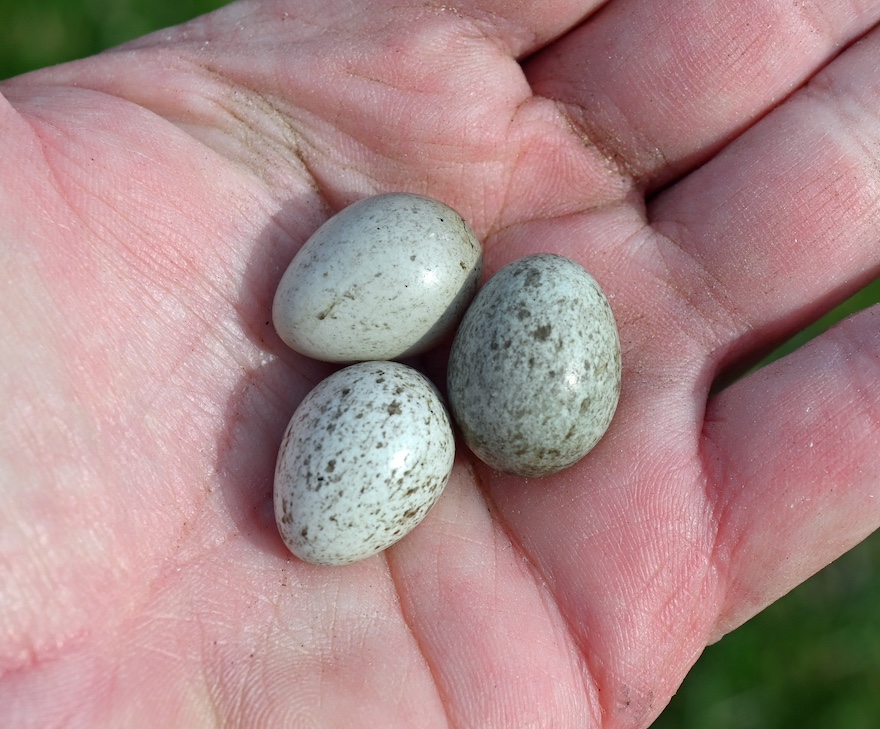
House sparrows use an effective technique for overtaking a nesting cavity. Whether it be a tree swallow, a purple martin or an eastern bluebird, the sparrow aims to trap the native nester inside the box by sitting in the hole and blocking the tenant’s exit. It then uses its strong, thick beak to inflict the deadly wounds, murdering any birds imprisoned within.
Nest boxes for any species of native bird should be installed ONLY if you plan to monitor them ONCE A WEEK. By checking them regularly, any sparrow nests can be removed. Checking weekly will ensure that you will only end up removing nests with eggs instead of live young (should you be squeamish). Bluebird boxes need to be placed a minimum of 100 yards apart to accommodate their territoriality, so placing rows of boxes closer together is ineffective for most native species. In fact, it is a dream come true for house sparrows, as they are social and are happy to nest in close association with each other, utilizing each and every box. If you don’t intend to check your boxes, please don’t turn your property into a house sparrow factory. Simply take them down, PLEASE!
Traps
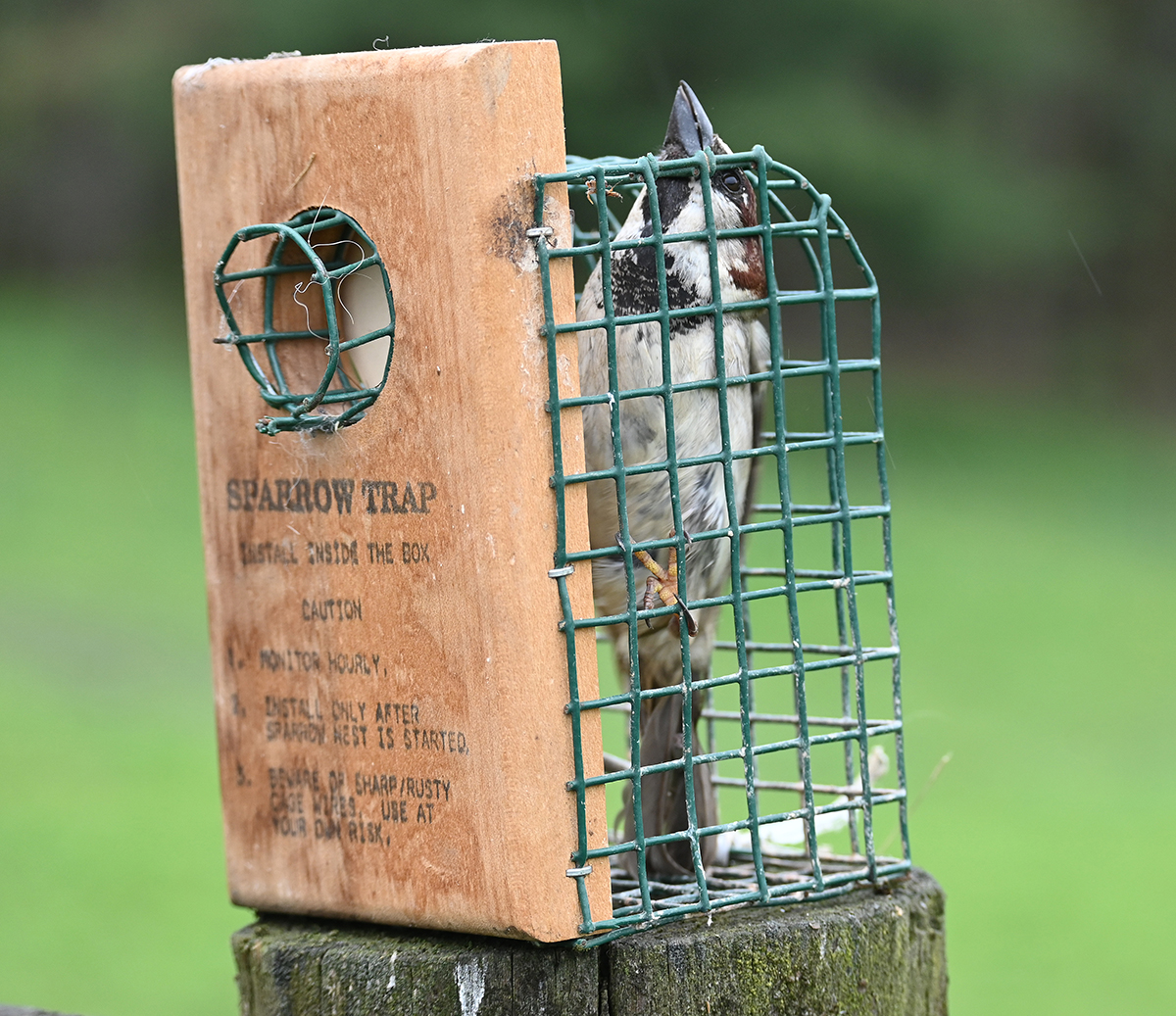
I have several bluebird boxes placed around our farm, and I am diligent about keeping the house sparrows at bay. As soon as I hear that irritating double chirp, I cringe and quickly dig out the traps. Sparrow trap styles can vary, and there are specific techniques utilized with each. A repeating sparrow trap, placed on the ground with some grain as bait, will bring in the birds. The more sparrows that enter the trap, the more likely they are to attract additional birds with their commotion. If I happen to trap a female, I will work hard to keep her alive, feeding and watering her through the night, and then popping her back into the trap the following morning. Having a female house sparrow in a trap is a sure way to bring in the males. Another trap is one that fits right inside the bluebird box, known as an in-box trap. As the bird enters the hole, it steps on a trigger that releases a bar that falls across the hole, trapping the bird inside. This type of trap is effective in getting rid of that persistent male house sparrow, however, you must be diligent in checking traps every hour or so to release any native species that might end up a prisoner.
Easier methods of controlling house sparrows include removing their nests and plugging any cavities or crannies they might be able to utilize. Also, moving bluebird boxes away from farms and human abodes will discourage house sparrows from using them. Both the North American Bluebird Society and the Ohio Bluebird Society provide fact sheets that offer valuable information on house sparrow control and can be accessed online using these two links: North American Blue Bird Society House Sparrow Control, https://tinyurl.com/nabluebirdsociety, and Bluebirds & Their Enemies – Ohio Bluebird Society, https://ohiobluebirdsociety.org/about-bluebirds/bluebirds-their-enemies/.
For those of you who are anxious to admonish me for killing innocent animals, well, you obviously haven’t taken the time to attract a pair of eastern bluebirds to your yard. You haven’t pampered them with breakfast and dinner in the form of mealworms or a peanut butter mixture throughout good weather and bad. You haven’t installed a box for them in which to raise a family. You haven’t been a firsthand witness to the male bluebird as he sweetly warbles to his mate while flicking his wings in a gentle effort to woo her. You haven’t gazed down upon those sky-blue eggs, the tiny hatchlings or watched the nestlings as they launched into their first flight as fledglings, their dedicated parents cheering them on. And you obviously haven’t opened your box to find your cherished bluebird family murdered in cold blood. That is the reality of allowing house sparrows to continue their onslaught on our native birds.
Diligence and dedication are the only ways that we can begin to redeem ourselves for this huge faux pas made many years ago. It’s time to right a wrong!



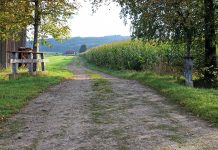
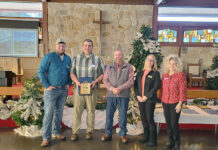

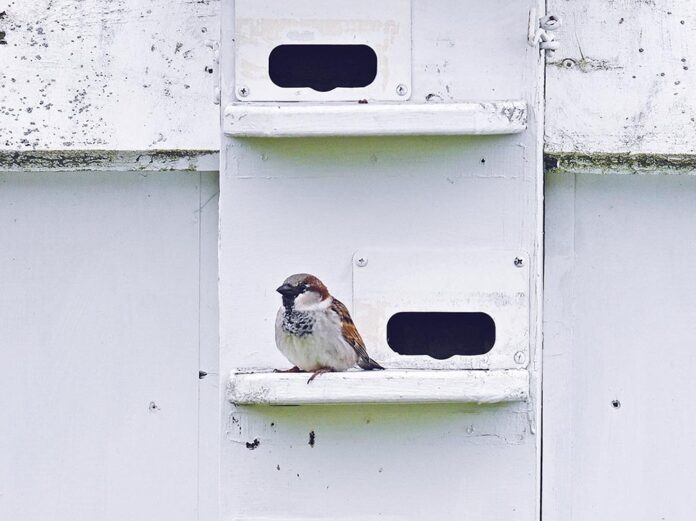




I noticed House Sparrows in Eastern Bluebird houses I bought this year.
I had not thought to relocate the houses from where I originally put them.
Why encourage a bird that is not native to this country?
It would be like encouraging the growth of invasive plants here.
What a shocking article,though one that I will tell others about,in hopes
of educating well meaning people.Thank you for all the tips.
Taking down,cleaning out and relocating the houses today!
Thank you for writing (and Farm and Dairy for publishing)!!
This is very well and accurately presented. As a Purple Martin landlord I have also seen the absolute carnage that English House Sparrows leave behind. They are brutal to any cavity nesting songbird.
I have heard them called “rats with wings” which is the mind set that should be promoted. As you don’t let rats live and breed why would you let the English House Sparrow do so? They are dirty and destructive, not native and do not fill a role in nature in North America.
Who would think this cute little bird had so many pure Evil bones in his little body, although I don’t think any animal is capable of pure evil, & that the trait of pure evil only exists in the human animal. Which along w/ the human ego, (the most destructive force on Earth) can cause much suffering. As we know, wildlife are territorial as well as every species subsists on, either another animal or plant to survive. And we humans have power over the life of every other animal & plant on this Earth & some humans are capable of more mercy than others, which u may refer to as being “squeamish. I’d hope you’d suggest we treat other animals as mercifully as possible rather than brush off having mercy as being squeamish. No matter how much we ‘detest’ a defenseless ‘trapped’ animal completely at our mercy, as humans, we can still be kind.
Tami- Thank you for being truthful and objective about the English House Sparrow. They serve no purpose in North American environment. The devastation they cause to cavity nester can be prevented by humans.
I for one have no problem eliminating them and European Starlings.
Anyone who feels it is wrong should Google Blue Bird nest destruction by House Sparrows. It will be an eye opener and will change your mind
I am so glad to have found this article. Truer word ne’re spoken! My bluebird pair were dancing the jig at Easter at the joy of finding the vacant box. Then one morning I saw mayhem from afar and they were being evicted by a rotten lousy sparrow. Nest was nearly completed. I was fit to be tied. They are everywhere in droves around town and no need of them out here. Neighbor has dozen seed feeders going all year in single tree, why? and they are doing more harm than good, attracting 4 legged mammals after dark. Excellent written story Tami. Traps! how did I never hear about these before. Thank you, thank you.
Survival of the fittest. Thankfully I do not have bluebirds, I refuse to kill, just as I do not hunt.
I have no room for a bluebird box but I’ve noticed house sparrows chasing off all the other birds in my garden and building a nest in my gutters. I’ve handled the nest and switched bird seed. I hope that does it. If they continue I will have to face the fact that, like the invasive plants I get rid of, they will have to go as well, even if it means you know what.
This article crosses the line. As someone who values life preservation, portraying any creature as “killable” or worthy of eradication is unacceptable. Sparrows are invasive—but so what? Your claims don’t entitle you to decide who lives or dies.
If you genuinely care about native species, pursue non-lethal, proactive solutions:
– Monitor and clean nest boxes weekly.
– Secure cavities and use sparrow‐exclusion designs.
– Modify feeders and install sparrow deterrents.
– Prioritize coexistence, not slaughter.
Saving life, not condemning it, is the legacy worth building.